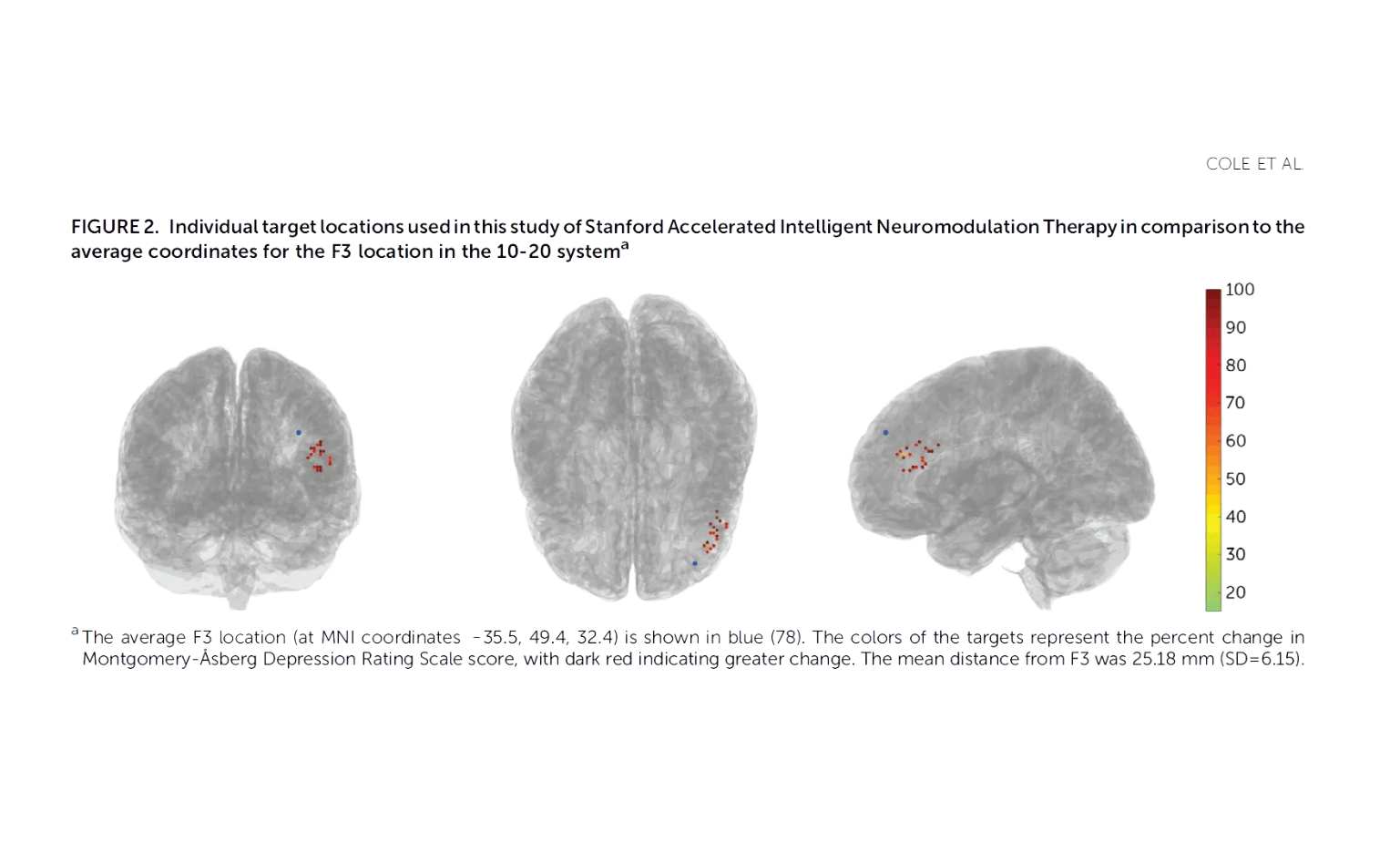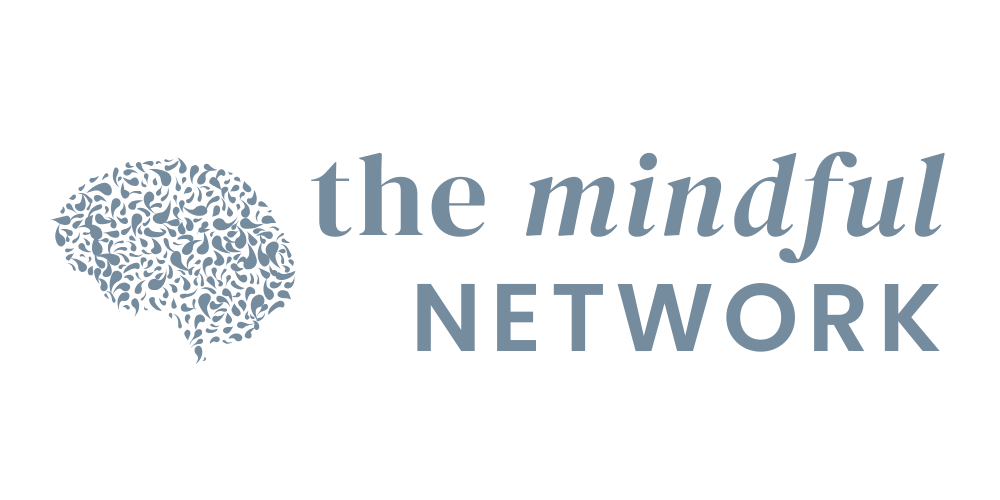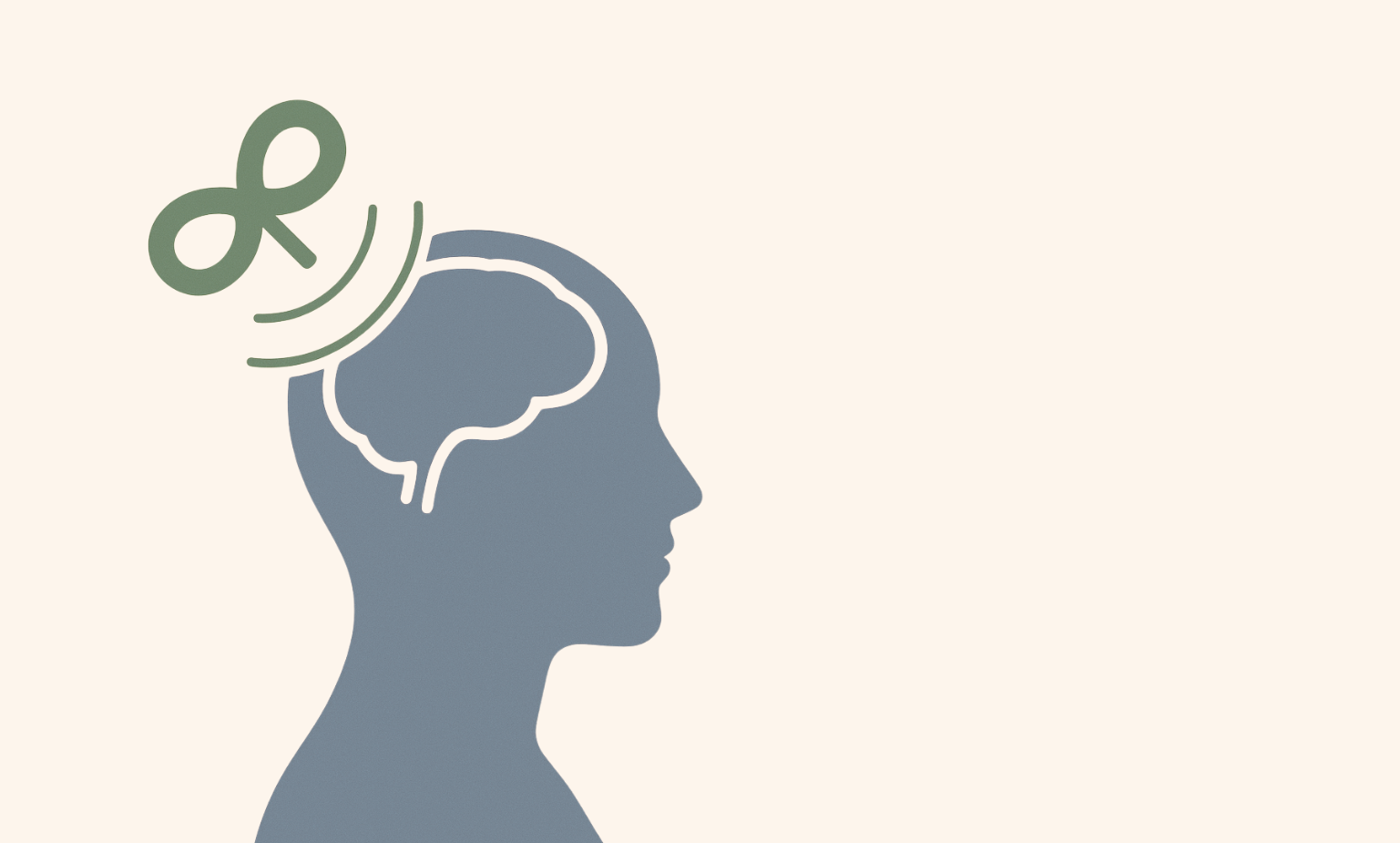What is TMS Therapy for Depression?
What is TMS and How Can It Help?
Transcranial Magnetic Stimulation (TMS) is an innovative brain stimulation technique that uses electromagnetic pulses to influence nerve cells in targeted brain regions. Unlike treatments such as electroconvulsive therapy, TMS does not require anesthesia or induce seizures, making it a less invasive option for individuals dealing with mental health conditions like mood disorders, particularly depression.
“TMS is an FDA-approved treatment for treatment-resistant major depressive disorder (MDD), providing an option for patients who have not responded to antidepressant medications.” (2023)
As noted in one review, “Transcranial magnetic stimulation (TMS), a research tool with various effects on brain cells, can depolarize cerebral neurons noninvasively” (Current Opinion in Psychiatry 2019). This means it can alter the electrical activity of neurons without the need for surgery or sedation.
TMS has become increasingly popular because it has relatively few cognitive side effects, and is performed while patients remain awake and alert. It's become a valuable tool for people seeking alternatives after exhausting other treatment avenues.
How Does TMS Work?
TMS targets treatment-resistant depression by sending magnetic pulses to specific areas of the brain that are linked to mood regulation. A magnetic coil is placed on the scalp, and these pulses help "activate" parts of the brain that might be underactive in people with depression.
More specifically, a TMS device uses an electromagnetic coil to produce focused magnetic waves. When this coil is placed over specific parts of the scalp, it sends repeated magnetic pulses to stimulate underactive regions, especially the dorsolateral prefrontal cortex (DLPFC), an area linked to symptoms of depression, executive function, and emotional processing (Cureus 2019).
“TMS works by delivering magnetic pulses that penetrate the skull painlessly and induce electrical currents in targeted brain tissue. It is believed to modulate neuronal activity in the dorsolateral prefrontal cortex, an area linked to mood regulation, executive functioning, and emotional processing.” (Cureus 2019)
These changes can enhance neural connectivity and affect neurotransmitters like serotonin and dopamine, potentially reducing depressive symptoms.
“The response rate for TMS in treatment-resistant depression is approximately 50-55%, and the remission rate is around 30-35%.” (2023)
These changes can improve neural connectivity and neurotransmitter activity, potentially alleviating depressive symptoms.
What Does TMS Feel Like?
TMS isn't painful, though you may feel a tapping or tingling sensation on your scalp during treatment.
Does TMS therapy Hurt?
TMS is described as noninvasive and painless, with patients remaining awake and alert during sessions.
How Long Does TMS Therapy Last?
TMS is administered in treatment sessions lasting around 20-40 minutes, typically delivered five days a week over four to six weeks. Patients can quickly return to daily activities afterward.
Who Can Benefit from TMS?
TMS is most commonly recommended for people with major depressive disorder who haven't seen improvements from antidepressants or other forms of therapy.
“A literature review reported that the response rates to TMS range between 50% and 55%, and the remission rates range between 30% and 35% in patients with major depression.” (Cureus 2019)
While it's primarily used for treating depression, there's growing evidence to support its potential use in treating:
Anixety (Brain and Behavior 2019)
Obsessive-compulsive disorder (OCD): TMS can help modulate abnormal brain networks associated with obsessive thoughts and compulsive behaviors. One article emphasizes the promise of TMS for OCD but highlights the need for further research to refine protocols (Neuroimage Clin 2018).
Post-traumatic stress (PTSD): Some studies have found symptom improvement in anxiety and trauma-based disorders following TMS, particularly post-traumatic stress (PTSD) — although it remains under investigation. (Brain and Behavior 2019)
Bipolar disorder: Researchers are exploring its effects in bipolar depression, with caution is advised due to the risk of triggering mania.
Parkinson’s disease and multiple sclerosis: TMS is being studied for its ability to alleviate certain symptoms in these neurological disorders, such as motor dysfunction or fatigue.
If you've tried medication or therapy and haven't seen the results you were hoping for, TMS may be worth a shot.
Repetitive TMS (rTMS) vs Deep TMS
While TMS generally refers to the broader technique, there are different types of TMS that vary in how deeply they stimulate the brain. Repetitive Transcranial Magnetic Stimulation (rTMS) uses rapid, repeated magnetic pulses to stimulate cortical areas, often targeting the left DLPFC. The pulses are usually delivered at high frequencies, such as 10–20 Hz, or at lower frequencies around 1 Hz, depending on the desired outcome.
A more recent advancement is Deep TMS (dTMS). Unlike traditional rTMS, which mainly affects superficial cortical layers, dTMS utilizes specialized H-coils designed to penetrate deeper brain structures up to 4–6 cm beneath the skull. As noted:
“The ‘H-coil’ has been developed to stimulate deeper brain regions of 4–6 cm than the traditionally used coils (figure-of-eight/circular coils), and was therefore introduced as deep TMS (dTMS).” (Current Opinion in Psychiatry 2019)
This deeper reach allows dTMS to potentially influence more extensive neural circuits involved in complex conditions like depression, obsessive-compulsive disorder (OCD), and addiction. For instance, one clinical trial demonstrated that dTMS targeting the lateral prefrontal and insular cortices significantly helped with smoking cessation:
“This study establishes a safe treatment protocol that promotes smoking cessation by stimulating relevant brain circuits.” (World Psychiatry 2021)
While both rTMS and dTMS are FDA-approved for treatment-resistant depression, the choice between them often depends on clinical judgment, the specific TMS protocol, and the patient’s unique symptoms and history.
Are There Side Effects?
TMS is generally safe and well-tolerated. The most common side effects include:
- Mild headaches
- Scalp discomfort during or after sessions
- Lightheadedness
For the most part, these resolve quickly in patients. Serious complications, like seizures, are extremely rare, with an incidence rate similar to that seen with antidepressant medications (Cureus 2019). Importantly, TMS also carries minimal risk of significant cognitive side effects, unlike electroconvulsive therapy.
Despite this, TMS isn't suitable for everyone, especially not individuals with metal implants near the head, a history of epilepsy, or certain other medical conditions.
A thorough evaluation by a psychiatrist or neurologist is crucial to ensure safety.

Cole et al Study Graphic via Florida TMS Clinic
How to Get Started with TMS
If you're interested in TMS, the first step is to talk to a psychiatrist or mental health provider who offers the treatment. They'll assess whether TMS is a good option for you.
While TMS is becoming more widely available, not all providers offer it yet, and you may need to visit specialized clinics. In addition, coverage varies among insurance providers, so check with your plan regarding eligibility and potential out-of-pocket costs.
Ultimately, TMS represents an exciting frontier in treating mental health conditions like depression, offering hope for many people seeking relief from persistent symptoms and disheartened by conventional approaches.
Our Recommendation for TMS in South Florida
South Florida Integrative Medicine

